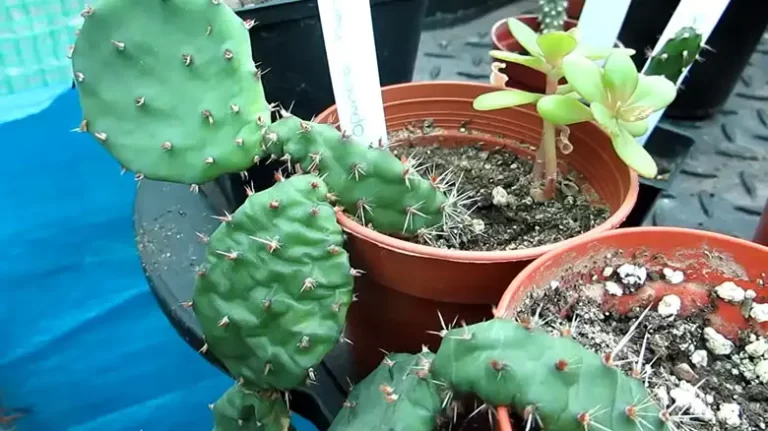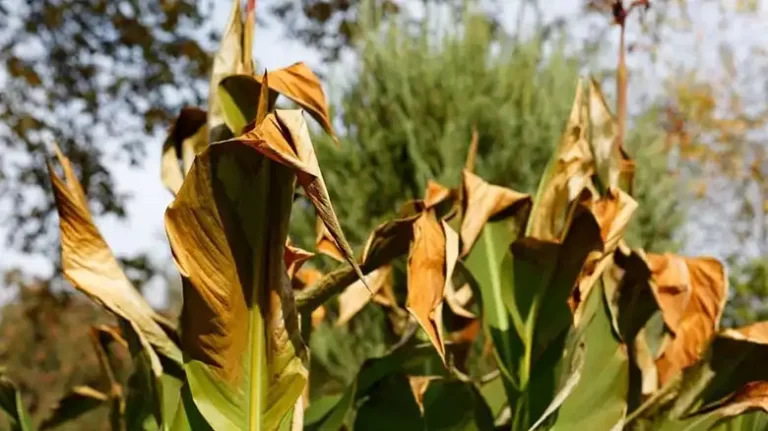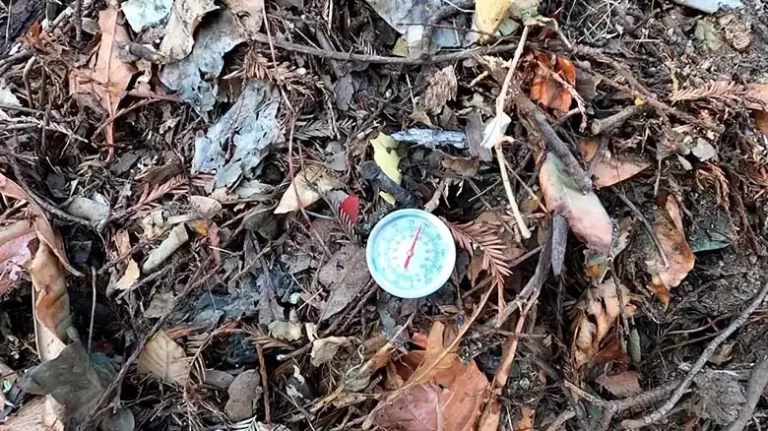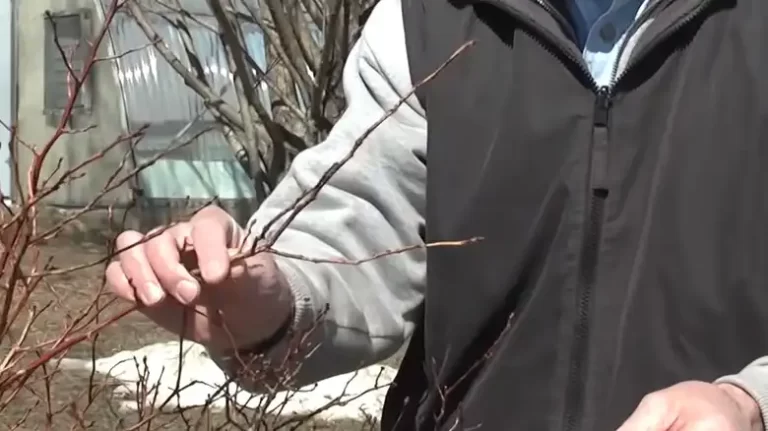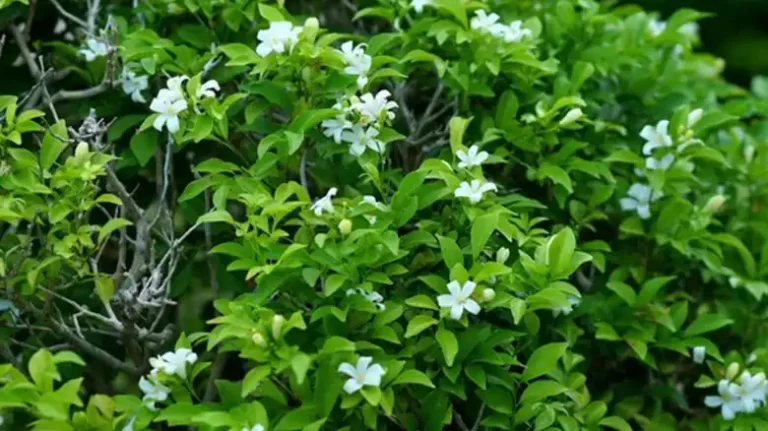Why Are My Sunflower Leaves Turning Yellow
Sunflowers, with their radiant blooms and towering presence, are a staple in many gardens. However, nothing can be more disheartening than watching those vibrant green leaves slowly turn a sickly shade of yellow.
If you’ve ever wondered, “Why are my sunflower leaves turning yellow?” you’re not alone. This article will delve into the intricacies of this common garden woe, offering insights into the factors behind yellowing sunflower leaves and the steps you can take to restore their vitality.
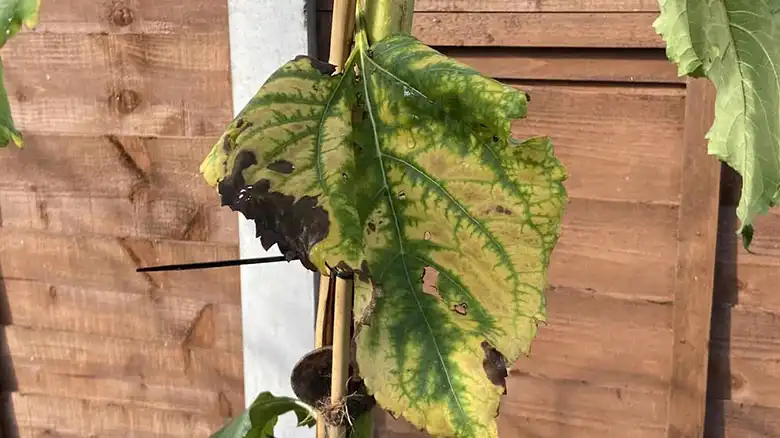
Recognizing Yellowing Leaves
Sunflower leaves turning yellow can be a cause for concern in your garden. To address the issue effectively, it’s crucial to recognize and understand the various aspects of leaf yellowing. In this section, we will explore the distinctive signs and patterns associated with this phenomenon, helping you pinpoint the exact problem affecting your sunflowers.
Yellowing Patterns
Understanding the patterns of yellowing in sunflower leaves is the first step towards diagnosis. Explore the different ways in which leaves can change color and what these patterns might indicate.
Entire Leaf Yellowing
When sunflower leaves turn entirely yellow, it often signifies a broader issue affecting the entire plant. This uniform yellowing could be due to nutrient deficiencies, environmental stress, or underlying diseases.
Mottled Yellowing with Green Veins
Mottled yellowing, where portions of the leaf turn yellow while the veins remain green, can be a sign of specific nutrient imbalances or even pest infestations. Learn how to interpret this distinctive pattern.
Brown Spots and Edges
Sometimes, yellowing leaves may exhibit brown spots or edges. Discover what these browning symptoms might reveal about the health of your sunflowers and how to address them.
Leaf Discoloration Variations
Not all yellowing is created equal. Sunflower leaves can display a range of discoloration variations, each with its own implications. Explore the nuances of leaf discoloration to gain deeper insights into your sunflowers’ condition.
Gradual vs. Sudden Yellowing
Determine whether the yellowing of sunflower leaves has occurred gradually over time or suddenly. This distinction can provide valuable clues about the underlying causes and appropriate remedies.
Uniform vs. Patchy Yellowing
Is the yellowing uniform across all leaves, or does it appear in patches? Uncover the significance of these variations and what they reveal about your sunflowers’ overall health.
Brown Spots vs. Yellow Spots
Learn to distinguish between brown and yellow spots on sunflower leaves and how to diagnose the issues associated with each type of spot. Differentiating between the two is essential for effective treatment.
Common Causes of Yellow Leaves
When your sunflower leaves start turning yellow, it’s crucial to pinpoint the underlying causes to address the issue effectively. Below, we delve into the primary factors responsible for this worrisome transformation:
Nutrient Deficiencies
A shortage of nitrogen, an essential nutrient for plant growth, is a common trigger for sunflower leaf discoloration. Yellowing often begins with the older leaves as the plant reallocates nutrients to sustain new growth.
In addition to nitrogen, deficiencies in potassium and phosphorus can also lead to yellow leaves. These nutrients play pivotal roles in photosynthesis and overall plant health, and their absence can result in leaf discoloration.
Watering Issues
While sunflowers need regular watering, overdoing it can be detrimental. Overwatering can lead to root rot, compromising the plant’s ability to absorb nutrients. This stress can manifest as yellowing leaves and overall wilting.
Conversely, underwatering can stress sunflowers, causing them to divert resources away from maintaining healthy leaves. Adequate watering is crucial to prevent this form of leaf yellowing.
Pest Infestations
Pests such as aphids and spider mites can wreak havoc on sunflower foliage. They feed on plant juices and inject toxins, leading to discolored, distorted leaves. Identifying and addressing these pests is essential to restore leaf health.
To combat pest-related leaf yellowing, keep an eye out for telltale signs, such as the presence of tiny insects, webbing, or stippling on the leaves. Timely intervention is key to mitigating the damage.
Diseases
Fungal diseases like powdery mildew and rust can cause sunflower leaves to turn yellow or develop unsightly spots. Fungi thrive in humid conditions and can quickly spread if not controlled. Early detection and treatment are crucial.
Bacterial diseases, such as Pseudomonas syringae, can create angular, water-soaked lesions on sunflower leaves, leading to yellowing and deterioration. Identifying and addressing bacterial issues promptly is essential to prevent further damage.
Environmental Factors Responsible for Yellow Leaves
Sunflower leaves turning yellow can often be attributed to various environmental factors that impact these vibrant plants.
Understanding these environmental influences is essential for effective gardening. Explore this section to gain insights into the role of environmental conditions in sunflower leaf discoloration.
Sunlight and Temperature
Sunflower Sunlight Requirements
Discover the specific sunlight needs of sunflowers and how exceeding or falling short of these requirements can lead to yellowing leaves.
Learn how temperature fluctuations, especially during crucial growth stages, can stress sunflowers and manifest as leaf yellowing.
Soil Quality
Explore the significance of soil pH levels in relation to nutrient availability and its impact on sunflower leaf health.
Delve into the crucial aspect of soil drainage and how poor drainage can contribute to yellowing leaves.
Competition with Weeds
Understand the competitive nature of weeds and how their presence can weaken sunflowers, potentially causing leaf yellowing.
Explore effective methods to control weeds and alleviate the stress they place on your sunflowers, promoting healthier leaves.
Treatment Options for Yellow Leaves
When your sunflower leaves start to turn that frustrating shade of yellow, it’s time to take action. Understanding the treatment options available is crucial for nursing your sunflowers back to health.
Here, we’ll explore various strategies and solutions to combat yellowing leaves and rejuvenate your sunflower garden.
Addressing Nutrient Deficiencies
Fertilization Methods: Discover how to provide your sunflowers with the right nutrients to restore their vibrant green color. We’ll delve into the best fertilization practices and essential nutrients to consider.
Quick Fixes: Sometimes, your sunflowers need a rapid nutrient boost. Explore quick and effective solutions to provide immediate relief and revive those yellowing leaves.
Combatting Pest Infestations
Identify the Pest: Effective pest control starts with identifying the intruders. Learn how to recognize the specific pests plaguing your sunflowers and tailor your treatment accordingly.
Control and Elimination Methods: From natural predators to organic insecticidal soaps, we’ll guide you through the arsenal of methods to combat and eliminate pests effectively.
Dealing with Diseases
Isolation and Removal: When fungal or bacterial diseases strike, swift action is necessary. Discover how to isolate and remove affected leaves to prevent further damage.
Fungicide and Antibacterial Treatments: In severe cases, applying fungicides or antibacterial treatments may be required. Learn about these treatment options and their proper application techniques to save your sunflowers.
Related Questions
Can I Save My Sunflowers if the Leaves Have Turned Completely Yellow?
Certainly, there’s hope for sunflowers with completely yellow leaves. It’s crucial to assess the overall health of the plant.
If the stem and roots are still healthy, you can prune away the yellow leaves, provide the necessary nutrients, and adjust environmental factors to encourage new growth. However, if the entire plant is severely affected or the stem is compromised, it may be challenging to revive it.
Are Yellow Sunflower Leaves Always a Sign of Trouble?
Yellow sunflower leaves aren’t always a cause for alarm. During the natural growth cycle, sunflowers shed older leaves, which may turn yellow before falling off. This process is typically not a sign of trouble and is part of the plant’s renewal.
However, if yellowing occurs prematurely, in a pattern, or is accompanied by other distress signals, it’s likely indicative of an issue that requires attention.
How Often Should I Fertilize My Sunflowers to Prevent Nutrient Deficiencies?
The frequency of fertilization depends on several factors, including soil quality, the type of fertilizer used, and the growth stage of your sunflowers.
In general, a balanced fertilizer should be applied at the start of the growing season, followed by periodic applications every 4-6 weeks. Regular soil testing can help determine the specific nutrient needs of your sunflowers, allowing you to adjust your fertilization schedule accordingly.
What Is the Best Way to Prevent Aphid Infestations in My Sunflower Garden?
Preventing aphid infestations in your sunflower garden involves a combination of proactive measures. Planting companion plants like marigolds can deter aphids, as can using reflective mulch.
Regularly inspect your sunflowers for aphid colonies and employ natural remedies like neem oil or a strong blast of water to dislodge them. Maintaining a healthy garden ecosystem with beneficial insects can also help keep aphids in check.
Can I Reuse Soil That Previously Had Sunflowers With Yellow Leaves?
Reusing soil that once housed sunflowers with yellow leaves can be done, but it’s essential to take precautions. Ensure that the soil has been thoroughly amended with organic matter and balanced fertilizers to address any nutrient deficiencies or diseases that may have contributed to the yellowing.
Crop rotation is advisable to reduce the risk of recurrent problems, and regular soil testing can guide your soil management practices for successful sunflower cultivation.
Out Thoughts
In the world of gardening, the journey to vibrant, healthy sunflowers can sometimes be marred by the perplexing problem of yellowing leaves. However, armed with the knowledge gained from this comprehensive guide, you are well-equipped to tackle this issue head-on.
Remember, a thriving sunflower garden begins with understanding the causes, recognizing the symptoms, and taking proactive measures to ensure that your sunflowers continue to bask in the sunshine, their leaves vibrant and green.
